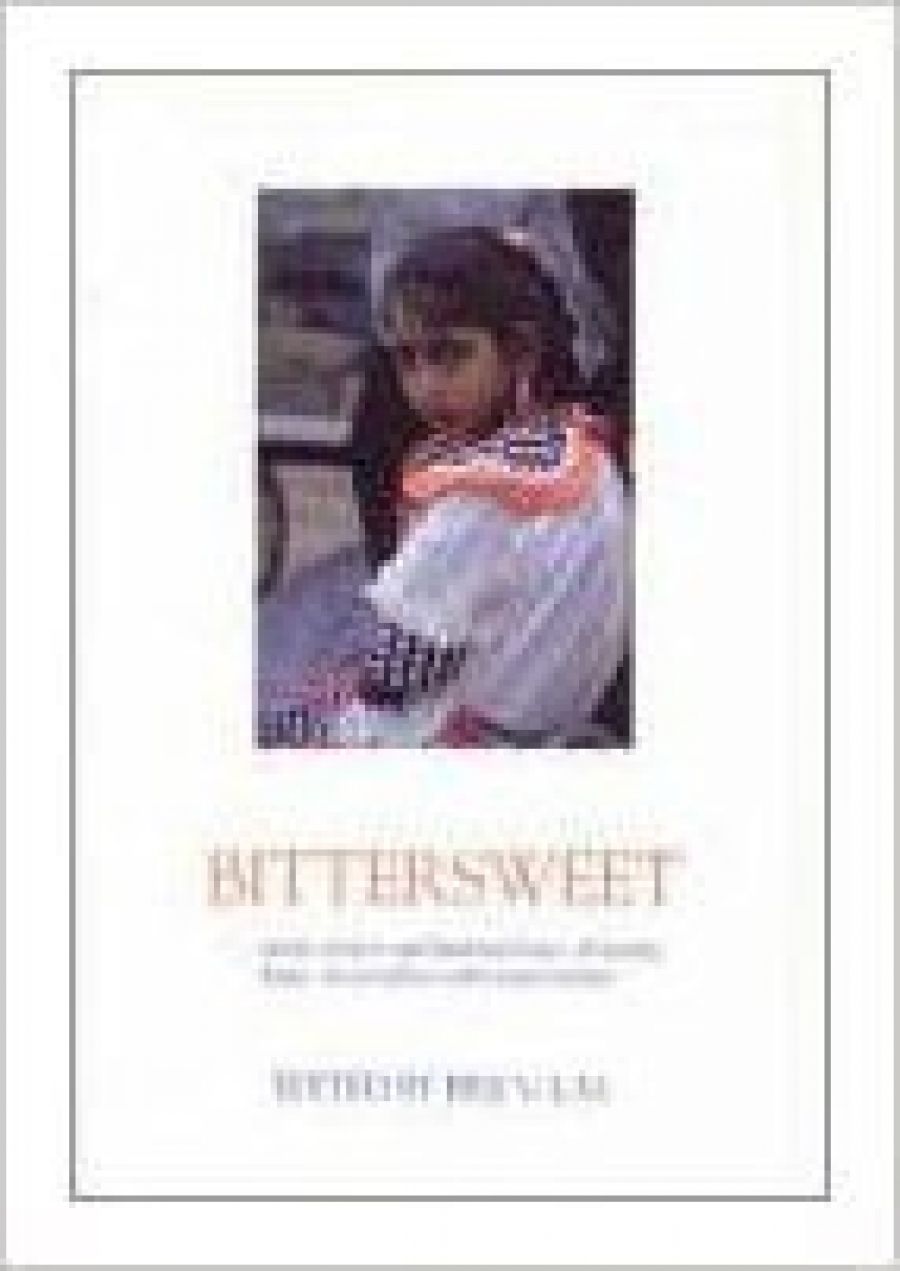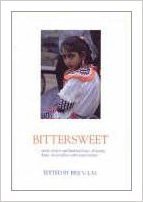
- Free Article: No
- Contents Category: Anthology
- Review Article: Yes
- Article Title: Tour de Force
- Online Only: No
- Custom Highlight Text:
When I was twelve, newly returned to Fiji after World War II, I happened to see a brawl break out in a hotel bar. Two squads of police arrived at the double to break up the fracas, and I noticed that one was composed entirely of indigenous Fijians while the other was Indo-Fijian. When I asked why two squads were needed and why they were divided by race, I was told that if an Indo-Fijian policeman laid hands on an ethnic Fijian, or an ethnic Fijian tried to arrest an Indo-Fijian, the brawl would turn into a race riot. This was an example of the racial discrimination engendered by a system that looked back to the days of indentured labour, when Indian girmitiyas were brought to Fiji to work the canefields. As the Indo-Fijian population increased, pressure mounted for a share in government and the right to own land rather than leasing it. This pressure resulted in the coups of 1987 and 2000.
- Book 1 Title: Bittersweet
- Book 1 Subtitle: The Indo-Fijian Experience
- Book 1 Biblio: Pandanus, $45pb, 414pp
- Book 1 Cover Small (400 x 600):

- Book 1 Cover (800 x 1200):

In Bittersweet, Brij V. Lal has brought together essays, academic papers and creative writing to commemorate the 125th anniversary of the first girmitiyas to arrive in Fiji. The anthology is a tour de force, combining first-person narrative, poetry, faction and analytical papers on specific aspects of the girmitiya experience. Professor Lal’s introductory essay, ‘Girmit, History, Memory’ gives the historical background and working conditions of the girmitiyas, providing an overview and a foundation that underpins many of the later papers. Like many of the essays, however, it suffers from careless sub-editing. Lal underlines the progress of the Indo-Fijians from ‘coolies’ to self-employed leasehold farmers and shopkeepers, and the sig-nificant growth of the locally born Indo-Fijian population. By 1921 forty-four per cent of Indo-Fijians had been born in Fiji. By 1946 the figure was eighty-five per cent. No wonder they now see themselves as Fijians of Indian extraction rather than as Indians.
Some of the essays are less sophisticated. A piece written by Praveen and Saras Chandra deals with the problem of researching an ancestor, but the writing is jejune, and to have two authors writing in the first-person singular is confusing. On the other hand, Malcolm Tester contributes an admirable and moving essay on his travelling eye clinic and his sad, patient, dignified clients.
John Kelly writes of the trial of Jaikumari, activist wife of Manilal Magankal. Both were prominent in the Indo-Fijian strikes of 1920, seeking improved wages and conditions for Indo-Fijians. Kelly ties the resultant reforms to bhakti devotionalism and to observation of Holi and Tazia, during which oppressors are defied and defiled and authority may be undermined by word and deed.
Kanti Jinna writes of his educational progress as a Hindu Indo-Fijian. Tempted to turn Christian for social advantage, he was persuaded to remain Hindu and progressed from telephone boy to chief librarian for the Fijian government.
Dr Ahmed Ali writes of the Muslim experience and provides interesting statistics of intermarriage between Hindus and Muslims and the strong community values that anchored the Muslim religion in Fiji. Ali writes in a compressed, entertaining and informative style. The same cannot be said of Vijay Mishra, professor of English at Murdoch University, whose essay ‘Dilkusha’ rambles, and is diffuse, florid and pointless.
In a second, fictionalised piece, Lal deals with Indo-Fijian families discarding ‘old’ ways inherited from India. Subservient wives and arranged marriages give way to a more modern approach, in which a headstrong young wife treats her husband and her mother-in-law with scant respect and relies on her family’s wealth to protect her.
One of the best-written and most interesting pieces is Vijai Naidu’s ‘Searching’, which deals concisely and clearly with the political advancement of Indo-Fijians leading to the reactionary 1987 coups of Sitiveni Rambuka, the 2000 uprising led by George Speight and the consequent diaspora of Indo-Fijians to Australia, Canada, New Zealand and, of course, back to India. A post-diaspora essay, ‘A Passage to Sydney’, by John Connell and Sushma Raj, supplements and expands Naidu’s piece, and the post-coup difficulties are underscored by Vijendra Kumar’s ‘Goodbye to Paradise’. Kumar was the first Indo-Fijian to edit the Fiji Times and bravely fought to maintain freedom of the press following Rambuka’s coups.
Bittersweet is too long and diffuse to sum up with precision. It contains perceptive macro-studies of the changing Indo-Fijian society and micro-views of personal memoirs. The quality of writing is mixed, and the sub-editing leaves much to be desired. How much would it have cost to have someone go through the page proofs and eliminate typos, solecisms, errors of fact and unlovely neologisms such as ‘alterity’ (for ‘difference’) and ‘racial imaginaries’?


Comments powered by CComment